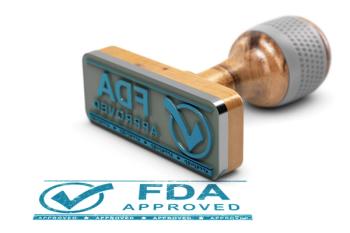
REMS Improvements Proposed for Version 5 of Prescription Drug User Fee Act
Among the actions supported by APhA is an outlined strategy and time frame for FDA to continue to discuss and gather public input on improving REMS programs.
The Prescription Drug User Fee Act (PDUFA)—originally enacted in 1992 to provide authority for the FDA to collect user fees from industry to help fund the timely review of new drugs and biologics—is up for reauthorization in September 2012. PDUFA must be reauthorized by Congress every 5 years, according to a
Most recently, under the Food and Drug Administration Amendments Act (FDAAA) of 2007, Congress reauthorized PDUFA IV, which provides authority for the FDA to require manufacturers to develop and comply with Risk Evaluation and Mitigation Strategies (REMS) to mitigate safety issues for certain drugs through components including a medication guide and elements to assure safe use.
Now, the PDUFA V reauthorization process is under way. In January 2012, FDA will submit recommendations for PDUFA reauthorization to Congress, kicking off congressional activity leading up to the September 2012 deadline. In an example of the Capitol Hill metaphor of a “Christmas-tree effect,” PDUFA V will serve as an FDA legislative vehicle onto which other FDA-related items may be tacked on like ornaments on a Christmas tree.
As part of the PDUFA V process, FDA held a
At the meeting, participants expressed gratitude for the efforts of FDA to gather input from provider, patient, and consumer stakeholders through a series of nearly monthly meetings, according to APhA Senior Director of Government Affairs Marcie Bough, PharmD, who
“APhA commends FDA for its repeated efforts to engage stakeholders and the public in the development of the proposed PDUFA reauthorization agreement,”
Bough said at the meeting that APhA supports the following REMS improvements in PDUFA V:
- Outlined strategy and time frame for FDA to continue to discuss and gather public input on improving REMS programs
- Improved REMS standardization and use of existing and evolving medical and pharmacy practice technologies and processes
- Earlier consideration, communication, and discussion of REMS in the drug review process
- Development of guidance on assessing REMS program effectiveness, impact on patient access, and burden on the health care system
- Development of guidance on how to apply statutory criteria for when a REMS is required
For more information, view the
Newsletter
Stay informed on drug updates, treatment guidelines, and pharmacy practice trends—subscribe to Pharmacy Times for weekly clinical insights.


















































































































































































































